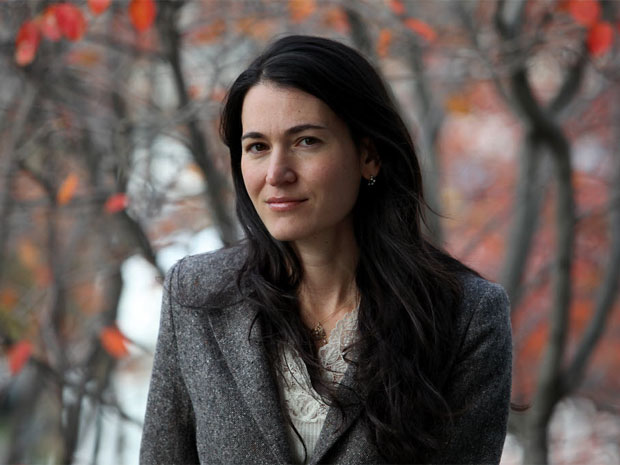Book Group: The History of Love

The next BCC book group will be Sunday, April 28 at 10am. We’ll discuss the book The History of Love by Nicole Krauss. This novel ties together the lives of an octogenarian Holocaust refugee from Poland and a teenager from contemporary New York through the “novel within a novel” for which the book is named.
Book Group meetings take place in private homes, space is limited. To reserve a seat, contact Larry at larrynath@aol.com
According to the New York Times, Krauss’s ”The History of Love” has vigor, partly because this time the mode, á la Foer, is sentimental Jewish magic realism. The novel is about three people. The first, Leo Gursky, is an aged Manhattan locksmith who, during his youth in Poland, wrote a novel, ”The History of Love,” inspired by his love for a girl from his village; he lost both the girl and the manuscript. The second, Alma Singer, is a 14-year-old Brooklynite named after every female character in that novel. The third, Zvi Litvinoff, connects them. Unbeknownst to Leo, Litvinoff published ”The History of Love,” translated from its original Yiddish into Spanish, under his own name in Chile during the 1950’s or early 1960’s. Sometime later, traveling through South America, Alma’s father discovered and fell in love with the book.
As is so often the case, what we are shown of the book-within-a-book in ”The History of Love” is underwhelming. (If the book-within-a-book were really so terrific, the author would have written that book instead.) The glimpses offered consist of chapters describing an imaginary and overly adorable chronicle of human affection, beginning with ”The Age of Silence,” during which people communicated only by gesture, and continuing through ”The Age of Glass,” when ”everyone believed some part of him or her to be extremely fragile,” and ”The Age of String,” when ”it wasn’t uncommon to use a piece of string to guide words that otherwise might falter on the way to their destinations.” When a beloved woman appears in these vignettes, she is always named Alma, after the girl Leo loved. The formula, in short, is equal parts Italo Calvino and corn syrup.





